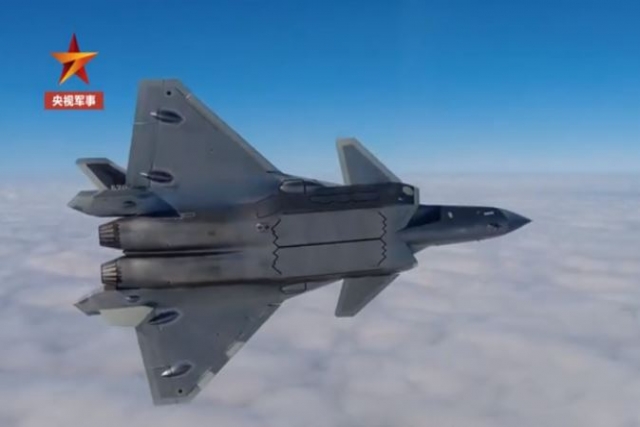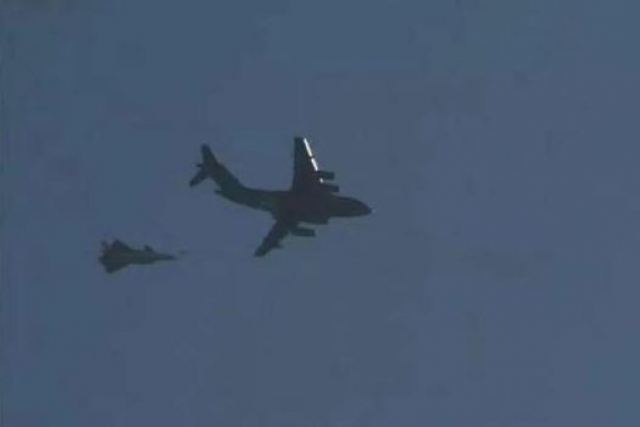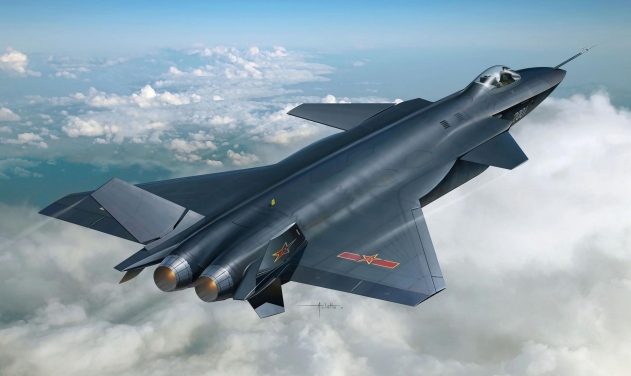Chinese J-20 Jet Engines could get 2D Thrust Vectoring Nozzles

China’s J-20 jet could be upgraded with 2D thrust vectoring nozzles for its engines, a feature that will give it enhanced maneuverability and stealth capability.
The J-20 is expected to be equipped with engines with 2D thrust vectoring nozzles, said Li Gang, the pilot of the J-20's first flight, when asked about his expectations on the future development of the J-20's thrust vector control capability in a recent interview with Hong Kong-based Phoenix TV aired on Monday.
Can the upgrade make the J-20 Jet better than U.S. F-22?
Current J-20s use circular nozzles with no thrust vector control capability. The J-20’s competitor, U.S.-made F-22, uses 2D thrust vectoring.
Thrust vector control will provide extra maneuverability and 2D nozzles can enhance stealth capabilities of the J-20, Fu Qianshao, a Chinese military aviation expert, told the Global Times on Monday. Explaining the differences between 2D and 3D thrust vectoring, Fu said that 2D nozzles are rectangular and 3D nozzles are circular, meaning that 2D nozzles have better radar and infrared stealth capabilities than the 3D nozzles.
Read: China’s J-20 Fighter Jet Flies “Stealthily” Indicating its Combat Readiness
3D nozzles are often believed to be capable of providing more thrust angles than 2D nozzles, as F-22's 2D nozzles can only move vertically, but this is a common misunderstanding, Fu said, noting that 2D nozzles can also move horizontally to provide horizontal thrust when so designed, but this design could add development costs.
In the Phoenix TV report, Li also said that he expects the J-20's thrust vectoring nozzles to move only vertically like the F-22, but Fu said that he hopes the J-20's future nozzles will be able to move horizontally. He expects this to make the J-20 surpass its U.S. counterpart in this aspect.













